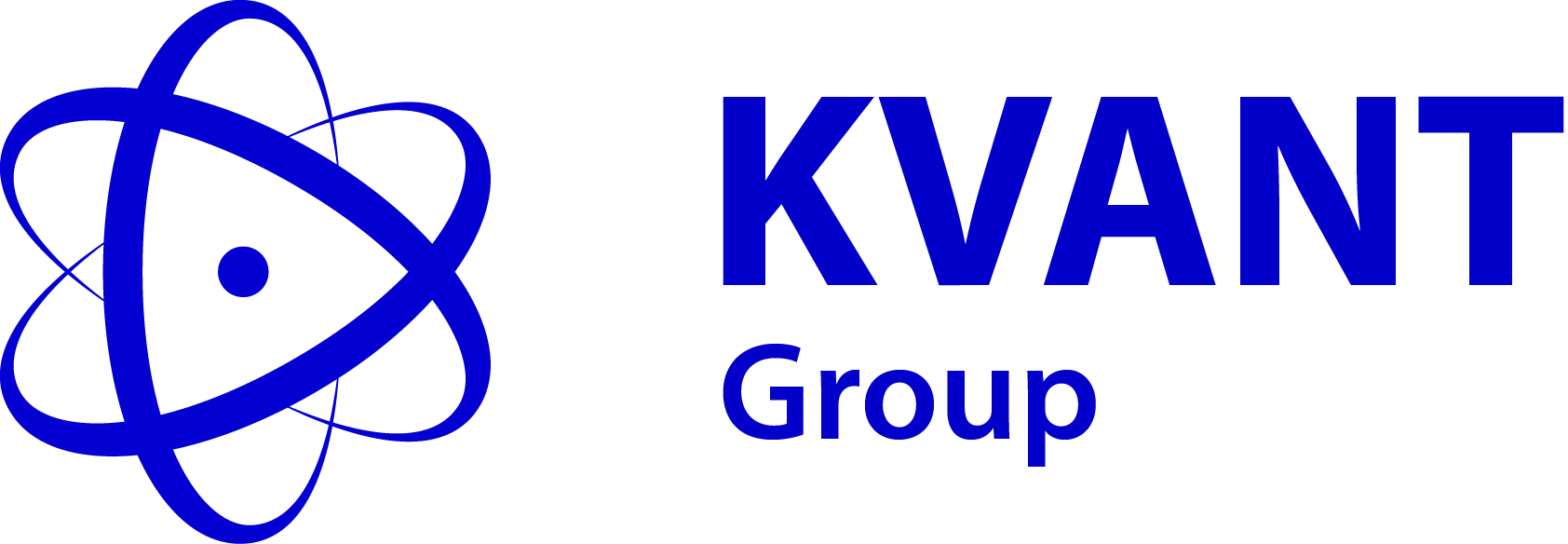3D-lab of virtual neutron experiments
Neutron research complex based on IR-8 reactor facility
The method of neutron stress diffractometry is used, based on the measurement of the displacement and broadening of diffraction peaks from microvolumes inside a stressed material compared to a non-stressed one. The method allows you to build detailed maps of the spatial distribution of internal stresses in the material.
SANS
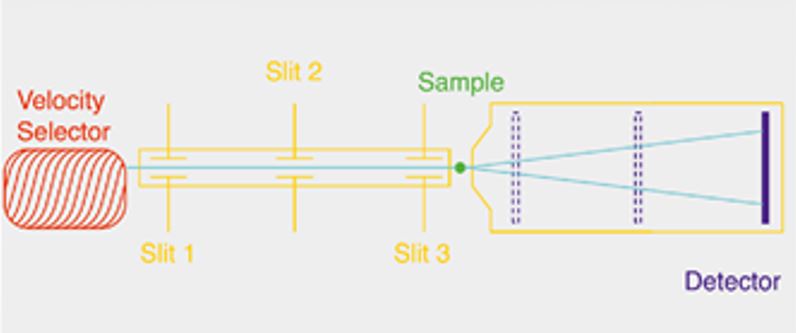
The 5+5 m instrument for small-angle neutron scattering measurements in a pinhole geometry pretends to become a first small-angle machine at IR-8 facility and to cover the most user-demanded part of g-range in nanostructural science.
PDCN
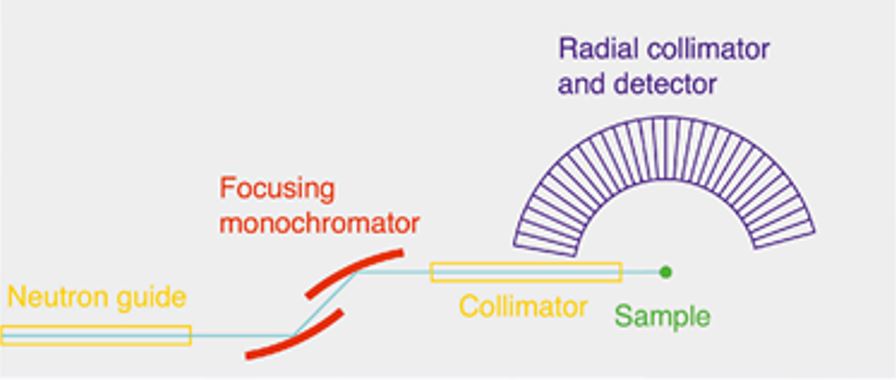
The new powder diffractometer on a cold neutron beam is to enlarge the modern experimental opportunities at IR-8 for structural studies.
PNR
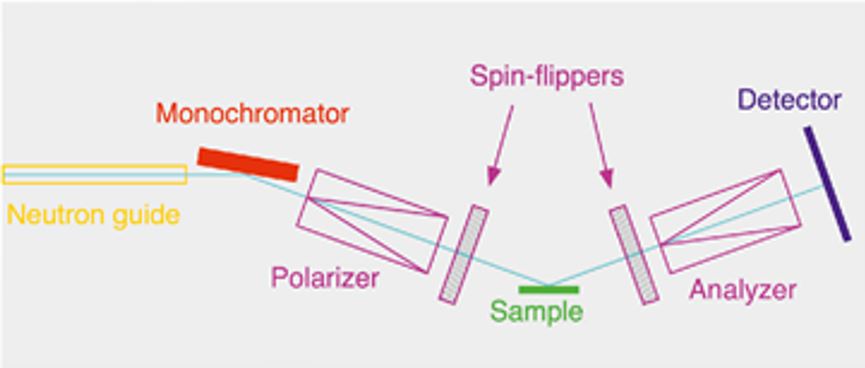
The polarized neutron reflectometer is an indispensable instrument to study thin films, coverings, surface effects and to control the neutron mirrors production.
Stress-diffractometer
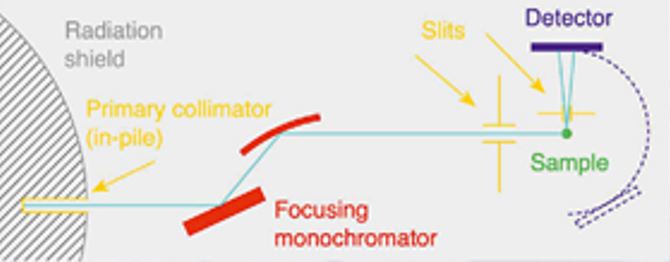
The STRESS diffractometer is intended for studying internal stresses and obtaining direct information about deformations and stresses inside massive polycrystalline objects.
Through the use of virtual reality technology, as well as Monte Carlo simulations, a unique educational software has been created that allows virtual neutron experiments and tours of the IR-8 reactor research complex. Presented is the McStas-driven laboratory of the virtual neutron experiment included 5 existing neutron scattering instruments and 3 under construction at the moment.
USANS
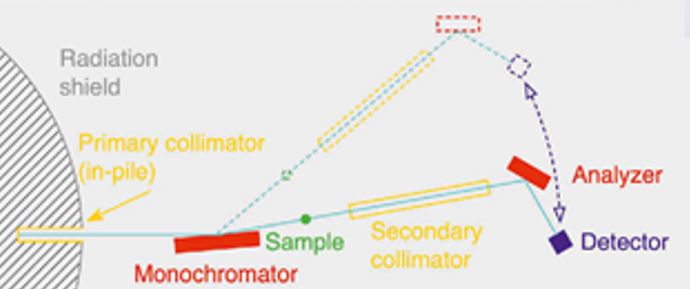
The instrument realizes the ultrasmall-angle neutron scattering measurements using a classical double-crystal diffraction method. A pair of Ge or Si perfect crystals allows the studies of nanoscale inhomogeneities in a condensed substance.
SCND
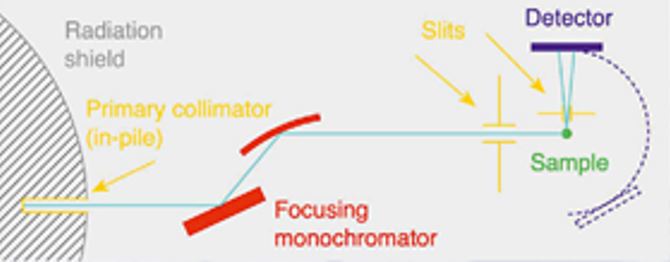
The single-crystal neutron diffractometry method is implemented at the station, which allows one to determine such characteristics of the single crystal structure as spatial symmetry; unit cell parameters; atomic coordinates; thermal parameters of atoms; position filling factors; microstructural characteristics.
TAS
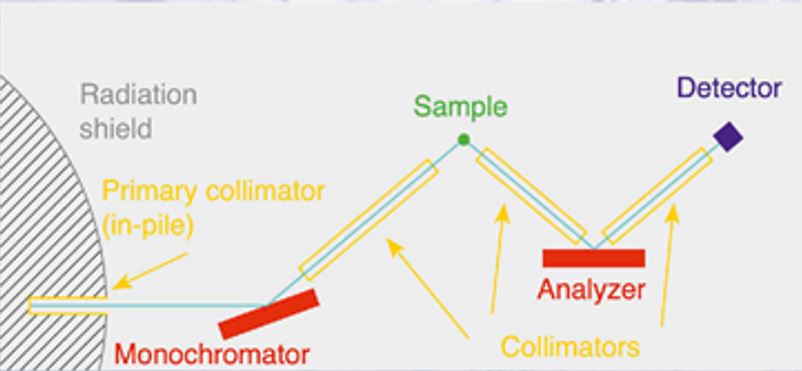
Triple-axis spectrometer. The inelastic coherent neutron scattering method, implemented at the station, allows one to study the atomic and magnetic dynamics of solids. The instrument allows recording the spectrum of scattered neutrons as a function of the energy E and the momentum transfer q, i.e. provides a 4d data array: the account, energy, two components of the vector q (in the scattering plane).
PD
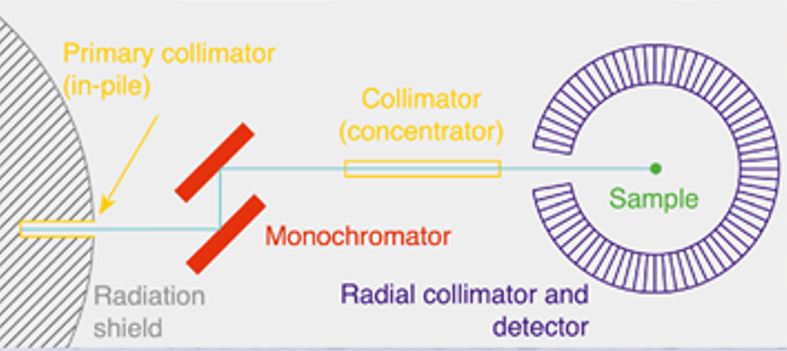
A neutron diffraction method has been implemented at the station to study the atomic and magnetic structures of powder materials under extreme conditions. The main feature of the diffractometer is a high aperture ratio, achieved using the superposition method of registration by 224 scintillation counters. Each counter has its own collimator, aimed at the center of the adjustment table. In the process of measuring all the counters make a complete turn, while the score at the same angle of different counters is summed.
